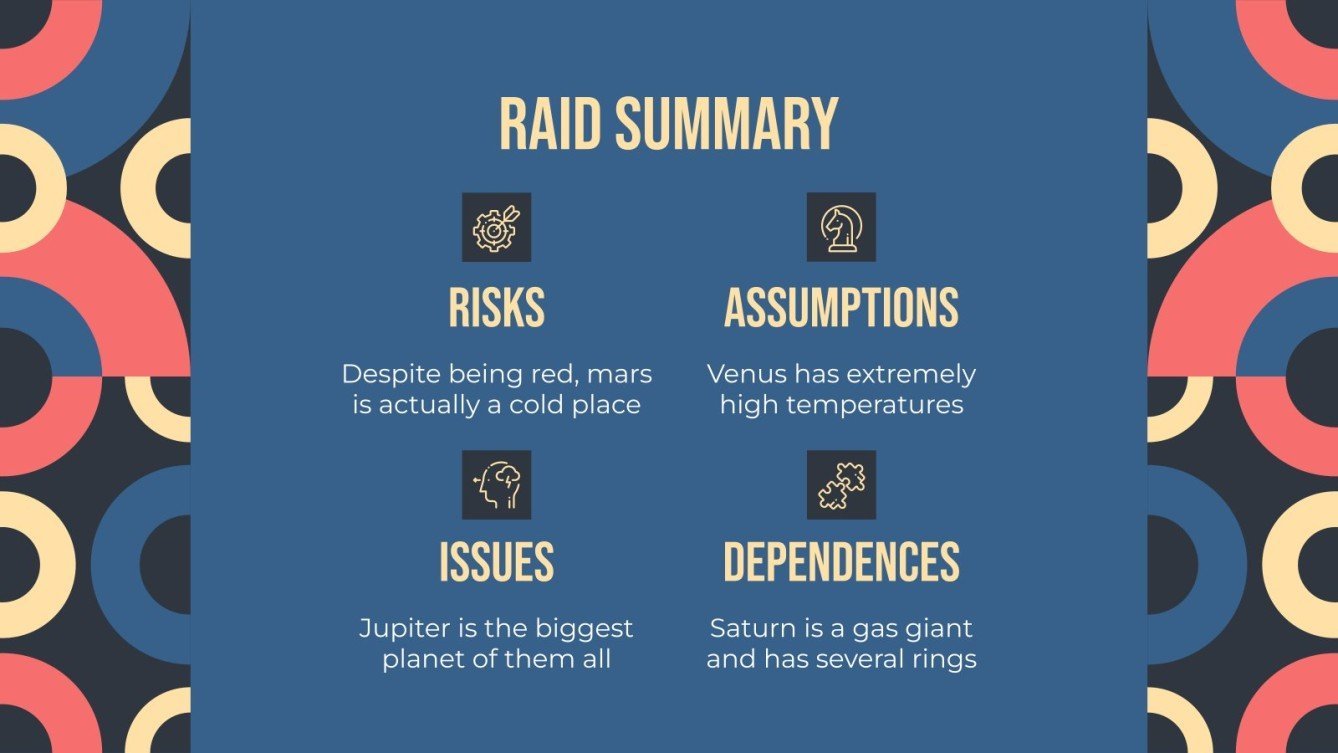Climate Change's Whiplash Effect: Impacts And Adaptation Strategies For Cities

Table of Contents
Understanding the "Whiplash Effect" of Climate Change in Cities
The climate change whiplash effect refers to the increasingly frequent and intense oscillations between extreme weather phenomena. A city might experience a severe drought, followed by intense rainfall and flooding, or a heatwave immediately succeeded by an unseasonal cold snap. This unpredictability poses a significant challenge to traditional urban planning and infrastructure design, which often focuses on mitigating single, predictable events. This volatile climate pattern overwhelms established systems and necessitates a fundamental shift in how we approach urban development.
- Increased frequency of extreme weather events: Climate models predict a rise in both the intensity and frequency of extreme weather events, making the whiplash effect increasingly common.
- Difficulty in predicting and preparing for specific events: The unpredictable nature of the whiplash effect makes accurate forecasting and preparedness exceptionally difficult. Traditional risk assessments are inadequate.
- Strain on emergency services and resource management: Rapidly shifting conditions overwhelm emergency services, stretching resources thin and hindering effective response.
- Cascading effects on various urban systems: The whiplash effect can create cascading failures across interconnected urban systems, impacting transportation, energy, water, and sanitation.
Impacts of Climate Change Whiplash on Urban Infrastructure and Systems
The whiplash effect significantly impacts various urban systems, demanding immediate attention and adaptation strategies.
Water Infrastructure
Intense rainfall following periods of drought severely challenges water infrastructure. Overburdened drainage systems lead to widespread flooding, while prolonged dry spells result in water scarcity.
- Overburdened drainage systems: Heavy rainfall overwhelms aging drainage systems, causing flooding in streets and basements.
- Water contamination: Floodwaters often contaminate drinking water supplies, leading to health risks and the need for extensive clean-up efforts.
- Damage to water treatment plants: Flooding and extreme weather events can damage water treatment plants, disrupting the supply of clean drinking water.
- Water scarcity and rationing: Prolonged droughts severely impact water reservoirs, leading to water scarcity and the implementation of rationing measures.
Transportation Systems
The unpredictable nature of extreme weather severely disrupts transportation networks.
- Road closures and traffic congestion: Flooding, landslides, and strong winds can cause road closures and significant traffic congestion, impacting commutes and emergency response times.
- Damage to public transport infrastructure: Extreme weather events can damage public transportation infrastructure, including trains, buses, and subway systems, significantly impacting accessibility.
- Increased commute times and reduced accessibility: Disruptions to transportation systems lead to longer commute times, reduced accessibility for vulnerable populations, and economic losses.
Energy Systems
Energy infrastructure is highly vulnerable to the impacts of the whiplash effect.
- Power outages during storms and heat waves: Strong winds, flooding, and extreme temperatures can damage power lines and generation facilities, causing widespread power outages.
- Increased energy consumption for cooling: Heatwaves increase energy demand for cooling, potentially exceeding the capacity of the power grid.
- Damage to power generation facilities: Extreme weather can damage power plants, reducing energy generation capacity and increasing vulnerability to blackouts.
Developing Climate Resilience and Adaptation Strategies for Cities
Building climate resilience requires a multi-pronged approach that incorporates nature-based solutions, improved urban planning, and robust climate monitoring.
Implementing Nature-Based Solutions
Nature-based solutions are crucial for mitigating the impacts of the whiplash effect.
- Reduced urban heat island effect: Green spaces, such as parks and green roofs, help reduce the urban heat island effect, mitigating the impact of heatwaves.
- Improved water management: Permeable pavements and green infrastructure improve water infiltration, reducing surface runoff and mitigating flood risks.
- Enhanced air quality: Urban green spaces improve air quality, reducing respiratory problems exacerbated by extreme weather events.
- Increased biodiversity: Green infrastructure supports biodiversity, improving ecosystem resilience and enhancing the city's overall health.
Strengthening Urban Planning and Design
Incorporating climate resilience into urban planning and design is essential.
- Designing flood-resistant buildings and infrastructure: Building codes and infrastructure designs must incorporate flood resilience measures, protecting against both intense rainfall and rising sea levels.
- Creating resilient transportation networks: Diversifying transportation options and building robust infrastructure will improve the city's ability to withstand disruptions.
- Implementing early warning systems: Advanced warning systems for extreme weather events enable timely evacuations and reduce the impact of the whiplash effect.
- Enhancing community preparedness: Educating and preparing communities for extreme weather events increases resilience and improves response capabilities.
Investing in Climate Monitoring and Forecasting
Accurate climate data and advanced forecasting are crucial for effective adaptation.
- Improved forecasting models: Investing in research and development of improved forecasting models is essential for predicting and preparing for extreme weather events.
- Development of early warning systems: Real-time monitoring and early warning systems provide timely alerts, enabling proactive responses.
- Data-driven decision making: Utilizing climate data to inform urban planning and infrastructure decisions enhances the effectiveness of adaptation strategies.
- Public awareness campaigns: Educating the public about climate change and the whiplash effect is crucial for fostering community preparedness and engagement.
Conclusion
The climate change whiplash effect poses a significant threat to cities worldwide, impacting infrastructure, disrupting essential services, and threatening public safety. The vulnerability of urban systems necessitates the urgent adoption of comprehensive adaptation strategies. By implementing nature-based solutions, strengthening urban planning, and investing in robust climate monitoring, cities can build climate resilience and protect their populations. Investing in climate resilience is not just an expense; it’s an investment in a sustainable and secure future for our urban communities. Learn more about developing effective strategies to combat the effects of climate change's whiplash effect and build resilient cities.

Featured Posts
-
 Bts Designing The World For The Phoenician Scheme
May 28, 2025
Bts Designing The World For The Phoenician Scheme
May 28, 2025 -
 Dutch Investors 65 Billion Stake Raises Concerns For Us Money Management
May 28, 2025
Dutch Investors 65 Billion Stake Raises Concerns For Us Money Management
May 28, 2025 -
 Champions League Real Madrid Defeats Atletico 2 1
May 28, 2025
Champions League Real Madrid Defeats Atletico 2 1
May 28, 2025 -
 Serena Williams On Jannik Sinner Doping Allegations A 20 Year Ban
May 28, 2025
Serena Williams On Jannik Sinner Doping Allegations A 20 Year Ban
May 28, 2025 -
 Tyrese Haliburtons Girlfriends Savage Comment After Game 1
May 28, 2025
Tyrese Haliburtons Girlfriends Savage Comment After Game 1
May 28, 2025
Latest Posts
-
 World Premiere Of Alfred Hitchcock Musical Opens In Bath
May 29, 2025
World Premiere Of Alfred Hitchcock Musical Opens In Bath
May 29, 2025 -
 Badetemperaturer Hvordan Sjekke Vaeret Og Finne Perfekte Betingelser
May 29, 2025
Badetemperaturer Hvordan Sjekke Vaeret Og Finne Perfekte Betingelser
May 29, 2025 -
 Nyc Lush Spa Indulge In A 30 Minute Bubble Bath 75
May 29, 2025
Nyc Lush Spa Indulge In A 30 Minute Bubble Bath 75
May 29, 2025 -
 Planlegg Badet Ditt Sjekk Vaeret Og Badetemperaturene
May 29, 2025
Planlegg Badet Ditt Sjekk Vaeret Og Badetemperaturene
May 29, 2025 -
 Hondas Winning Legacy A Riders Perspective
May 29, 2025
Hondas Winning Legacy A Riders Perspective
May 29, 2025
